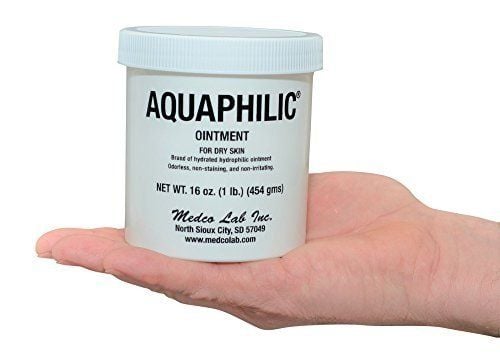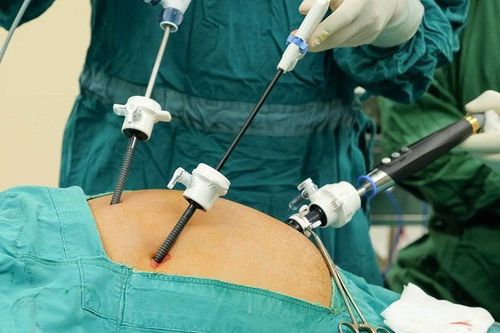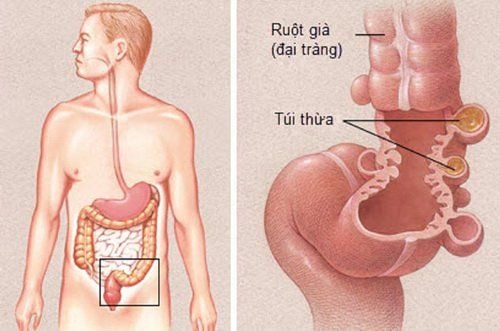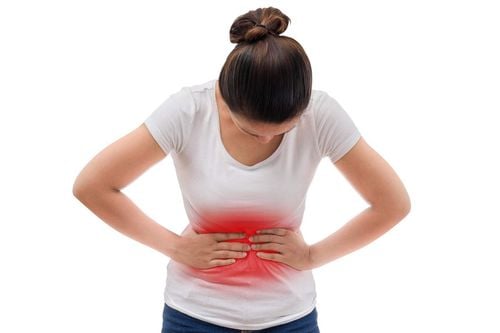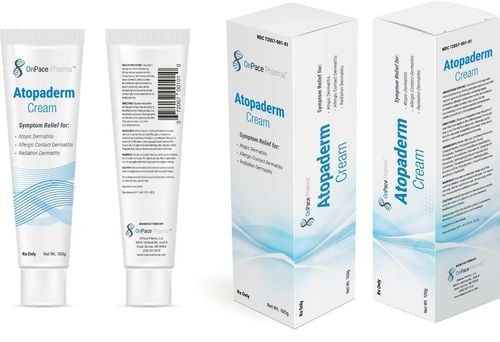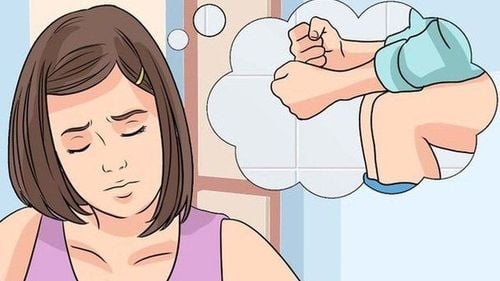This is an automatically translated article.
The article is expertly advised by Mr. Dr. Duong Xuan Loc - Gastroenterologist - General Surgery Department - Vinmec Da Nang International General HospitalRecovery from laparoscopic surgery is different for everyone. Patient responsiveness, degree, duration, surgeon, and facility all play an important role in recovery from laparoscopic surgery. At the same time, it is also necessary to comply with what to eat after endoscopic gastric bypass surgery, which not only helps the patient regain strength but also helps the digestive tract function to improve faster.
1. What should I eat after gastric bypass surgery?
It is important for the patient to be encouraged to drink as much water as before the surgery.Specifically, on the first day after a bowel movement, eat light liquids such as apple juice, ginger ale, shaved ice, soup, crackers and toast to help prevent pain belly. Avoid citrus juices such as orange juice and tomato juice, which can irritate the lining of the digestive tract.
By the second day after surgery, the patient can completely return to his normal diet.
Since most laparoscopic pain relievers can cause constipation, it's important to drink plenty of fluids, eat foods that contain fiber like fruits and vegetables, and be active to keep them healthy. avoid this risk.
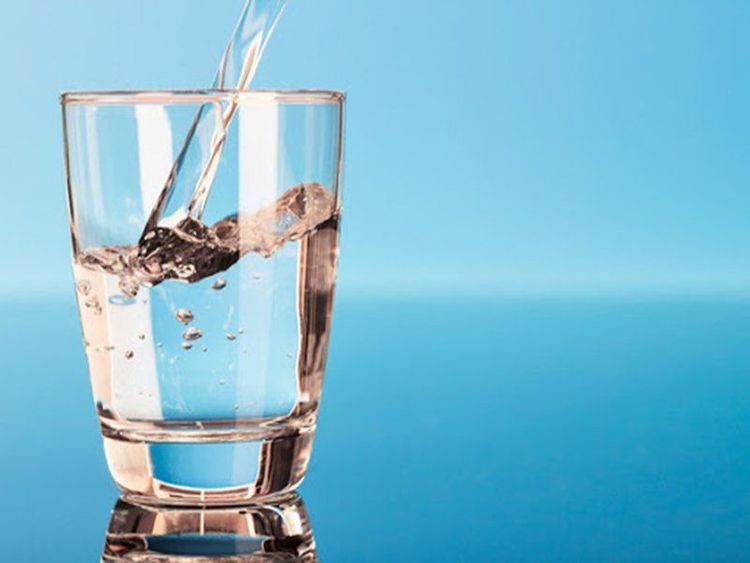
2. Activities that can be done after laparoscopic surgery
Absolutely do not drive, operate machinery or work that requires concentration for at least 48 hours after laparoscopic surgery, because the anesthetic during surgery may still have the effect of causing drowsiness.The patient does not necessarily need to stay in bed continuously, but it is best to rest and relax in the first time after surgery.
After 24 hours, no physical activity limit needs to be set as long as no anesthetic is used. However, patients should still avoid driving, participating in sports or using heavy equipment while still taking narcotic pain medicine.
Bathing can be done from the 2nd day after surgery. At the same time, the patient can return to school or work when feeling ready, usually about 2 days after surgery, including activities such as bathing or swimming in the pool. However, bathing in a hot tub or jacuzzi should still be delayed until 2 weeks after laparoscopy.
3. When to re-examine after laparoscopic surgery?
You will need to see your doctor about 2-6 weeks after surgery to make sure your body is recovering well.
However, the patient should be examined again sooner if any of the following signs are present:
Persistent fever above 39 degrees Celsius Black stools Abdominal pain Incisional pain not relieved by medication Nausea or persistent vomiting Persistent Chills Persistent cough or difficulty breathing Reddening of the skin around or oozing from the incision Unable to eat or drink About the local care for the laparoscopic incision, stitches do not need to be removed as the surgeon Usually using self-dissolving sutures, they will disappear on their own in about 2-6 weeks. Be sure to keep the stitches covered for the first 48 hours after surgery. After bathing, the patient needs to gently pat the stitches dry with a soft towel and cover with a small bandage. If any kind of discharge, redness, swelling or tenderness is observed around the suture, this is an indication that immediate follow-up is required.
Usually it takes up to a year for the incision to heal completely. This is very important to keep the incision out of the sun, as the area will burn easily. Direct sunlight can also cause the incision to darken. If sun exposure is possible, be sure to use a high SPF 30+ sunscreen on the healed incision to reduce sun damage.

4. Pain and how to treat pain after laparoscopic surgery
Patients may have abdominal pain in the postoperative period after laparoscopic gastric bypass surgery. This is because gas is trapped in the abdomen with varying degrees of discomfort, but resolves within 48–72 hours. A heating pad on the abdomen may be helpful in this situation.
At the same time, the doctor will also prescribe medication to help relieve abdominal pain. Prescription pain relievers should be taken for the first 48 hours as prescribed. The patient can then switch to acetaminophen. This medication comes in tablet, capsule, and liquid form and should be used to relieve mild to moderate pain and fever. It is very important to follow the instructions on the packaging. Do not drink more or drink more often than prescribed.
In summary, although it offers many advantages over open surgery, the ability to respond after laparoscopic gastrectomy is relatively different for everyone. However, in most cases, it usually takes only a few days for the patient to recover from laparoscopic surgery. Although local wound healing can take up to several weeks, diet and activities can be returned to pre-surgery within the first week when the patient learns to follow the doctor's instructions. doctor about postoperative care as well as what to eat after laparoscopic surgery.
Please dial HOTLINE for more information or register for an appointment HERE. Download MyVinmec app to make appointments faster and to manage your bookings easily.
Reference source: bostoncenterendometriosis.org




